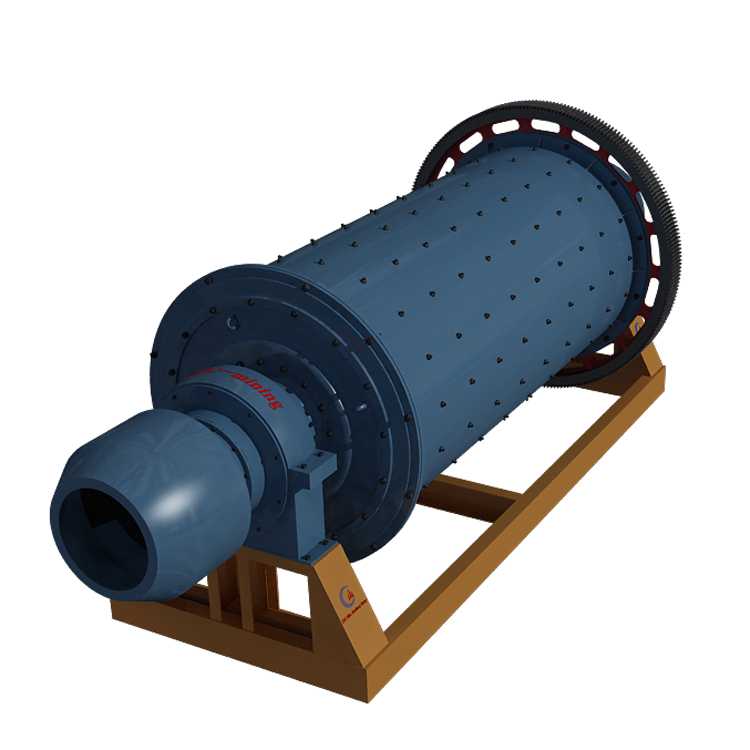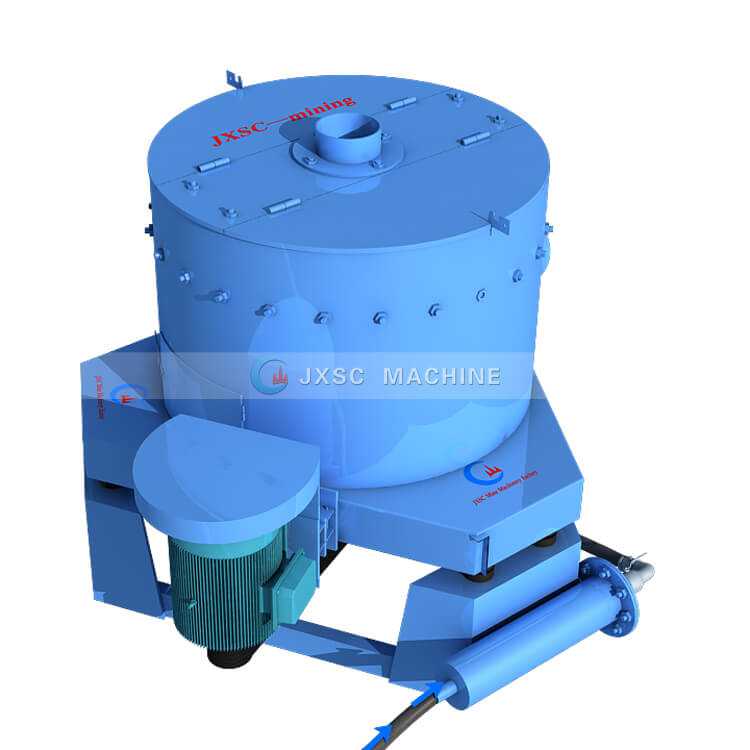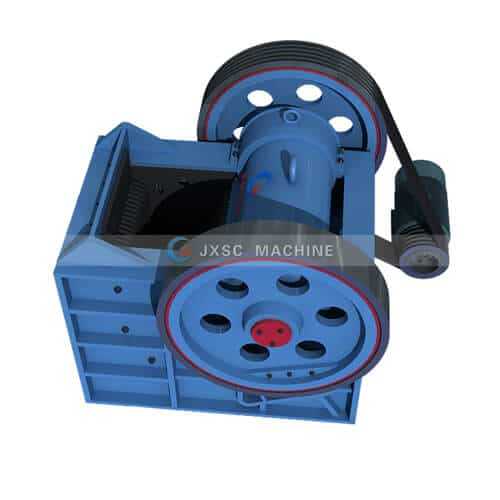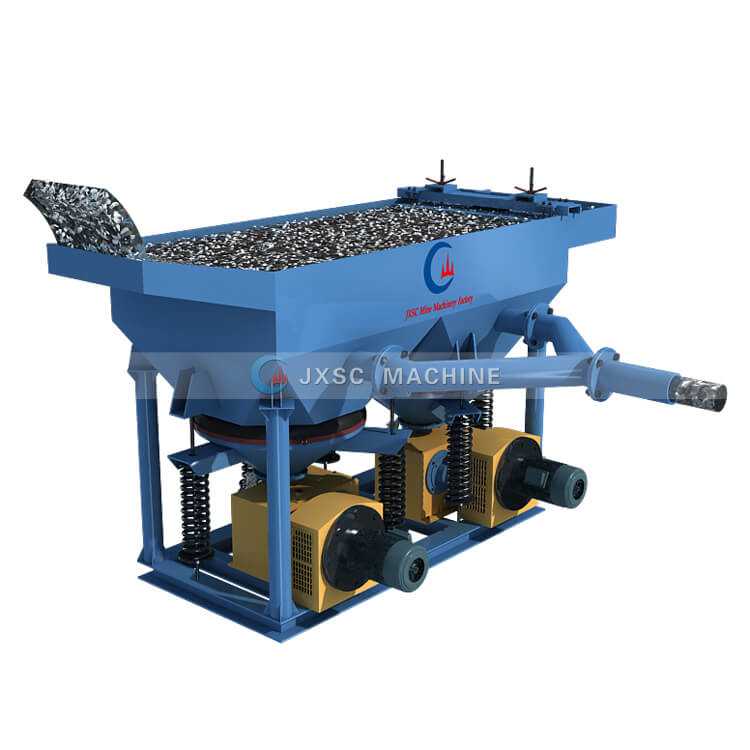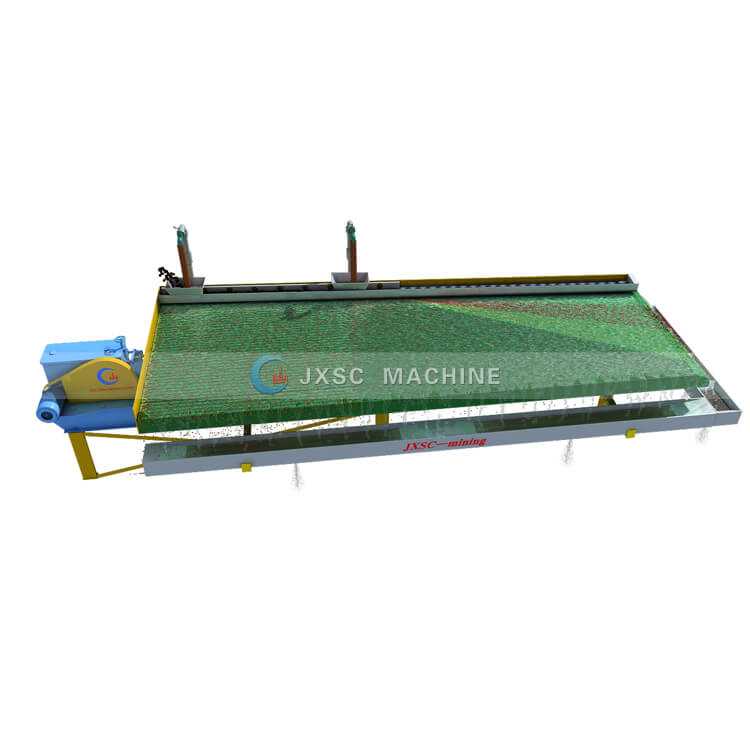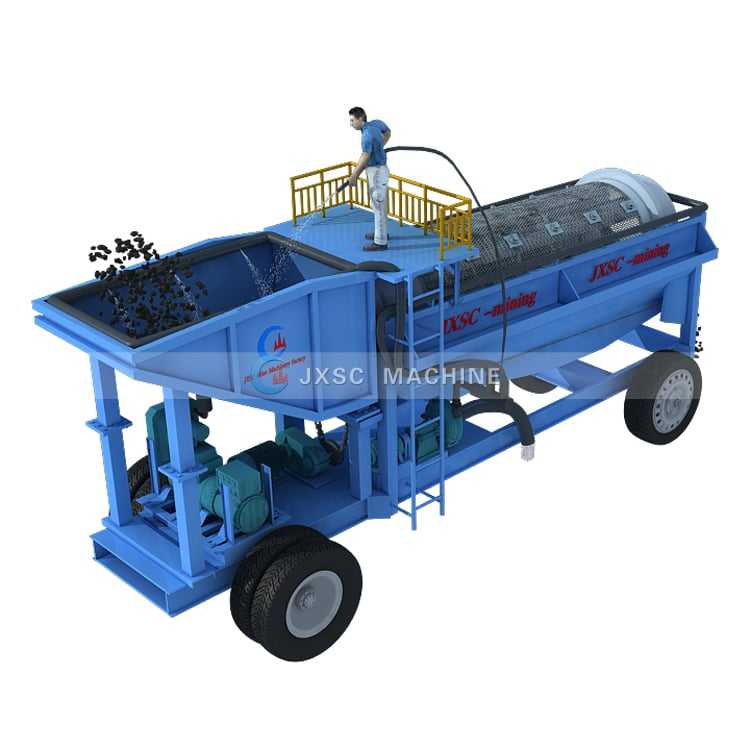Flotation Machine
Flotation machine
Flotation is the most widely used beneficiation method for fine materials, and almost all ores can be separated by flotation. Another important application is to reduce ash in fine coal and to remove fine pyrite from coal.
The flotation machine is mechanical equipment for realizing the froth flotation process and separating target minerals from ore. At present nearly 2 billion tons of ore in the world are treated by the froth flotation process. According to rough statistics, about 90% of non-ferrous minerals are recovered by the flotation method, accounting for 50% proportion in the field of ferrous metal mineral separation. Application Filed
Mineral separation, industrial waste disposal, oilfield sewage treatment, recovery of chemical products (such as paper pulp, surface-active materials). Suitable material
Sulfide minerals, oxide minerals, non-metallic minerals, silicate minerals, nonmetallic salt minerals, soluble salt minerals, rare earth minerals, etc., including gold, silver, copper, lead, zinc, galena, zinc blende, chalcopyrite, pyroxene, molybdenite, nickel pyrite, malachite, cerussite, smithsonite, hematite, cassiterite, wolframite, Ilmenite, beryl, spodumene, brimstone, graphite, diamond, quartz, mica, feldspar, fluorite, apatite, barite, and so on. Working Principle of Flotation Machine
The flotation machine is composed of single or multiple flotation cells, by agitating and inflating the chemical reagent treated slurry, some mineral ore particles are adhered to the foam and float up, and then be scraped out, while the rest remains in the slurry.
Types of flotation machine
Industrial flotation machines can be divided into 5 classes, mechanical agitation flotation machine, pneumatic flotation machines, flotation column, airlift flotation machine, froth separation flotation machines.
At present, the mechanical flotation machine is the most commonly used in industry, followed by the column flotation which has recently set off hot spot, the pneumatic type and froth separation are not common. Commonly used flotation models
TankCell series, Wemco series, Agitair series, SuperCells, RCS(reactor cell system), Denver laboratory flotation, KYF, and XCF series flotation devices, laboratory flotation machine.
Well-known flotation machine manufacturers have Outotec, Flsmidth, Metso, BGRIMM, JXSC; column flotation manufacturers or models have Jameson, CPT, Counter-flow inflatable flotation column.

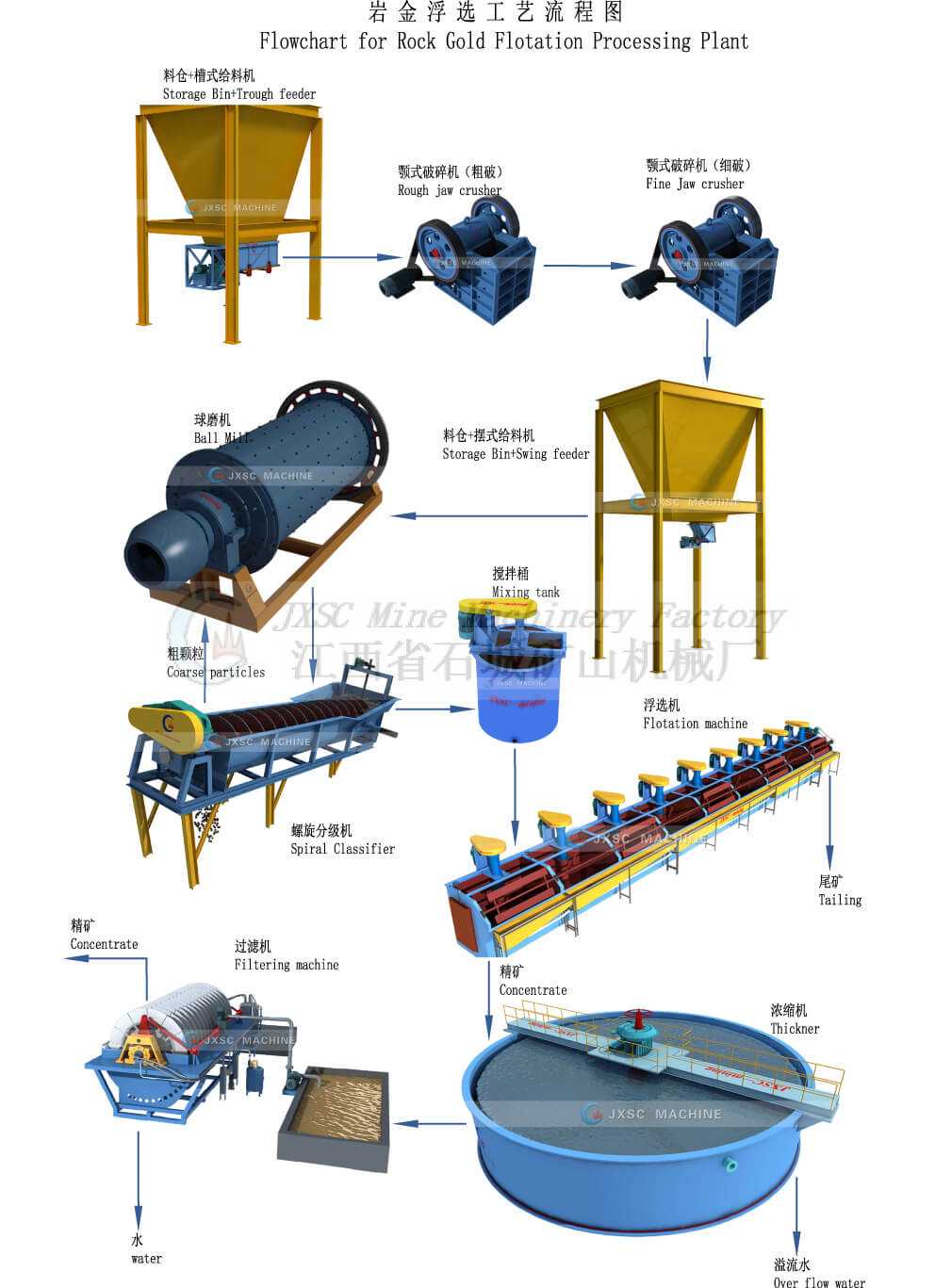 Main parts: slurry tank, agitator device, mineralized froth discharging system, electromotor, etc.
Main parts: slurry tank, agitator device, mineralized froth discharging system, electromotor, etc.
1. Slurry tank: mainly consist of a slurry inlet, slurry tank and a gate device for controlling the slurry volume, welded with steel plate.
2. Agitator: slurry tank have a series of the mechanically driven impeller that disperses the air into the agitated pulp.
3. Mineralized forth discharging: the useful minerals are enriched in the foam, scraped out, dehydrated, and dried into concentrate products. Whatever flotation machines design is selected, it must accomplish a series of complicated industrial requirements.
1. Good mixing function. a qualified flotation machine should mix the slurry uniformly and maintain the particles especially the target mineral particle in suspension with the pulp, maximum the froth-mineral probability.
2. Adequate ventilation and distribution of fine bubbles. Except for the flotation machine performance, the frother type and dosage also matter to the distribution of the bubbles.
3. Appropriate agitation control in the froth beds. It is should pay importance to keep froth zones smoothly, which ensures the suspension of collector coated particle. How to choose a flotation machine?
1. The throughput capabilities of various cell designs will vary with the ore property (beneficiability, size, density, grade, pulp, PH, etc.). In the case of ore easy separated, and a small amount of air inflation required, may choose a mechanical flotation machine; if the minerals with coarse size, proper to choose the KYF, BS-F, ore CLF type; what's more, when in case of ore easy separated, fine particles, high grade, low PH, flotation column is the best, especially in the concentrating process.
2. There is a difference between the process of concentrating, rough selecting. Thin froth layer is better for separate mineral particles, thus may not choose a large air inflation flotation machine.
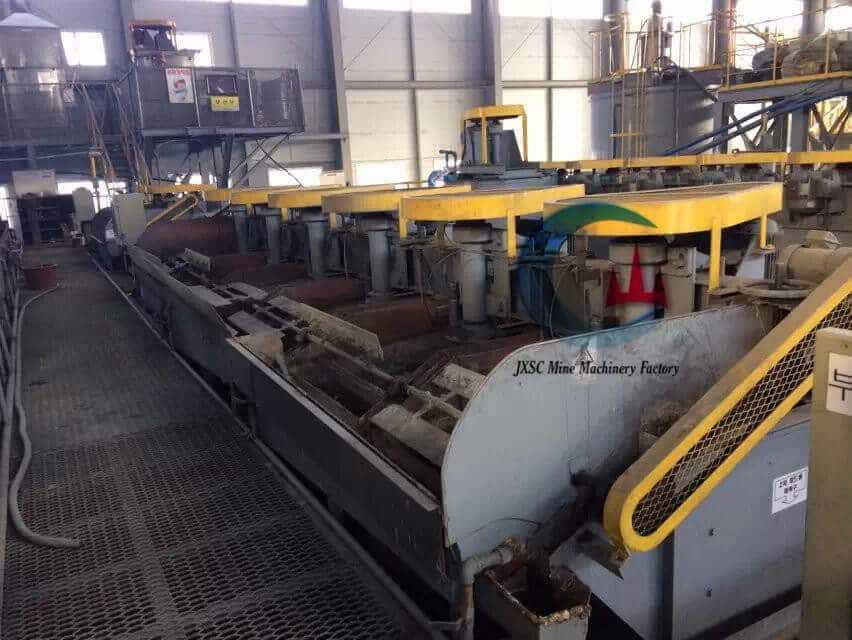


Tech Specification
| Model | Volume | Cell size | Impeller Dia. | Impeller speed | Capacity | Power | Singe cell weight |
| m3 | mm | mm | r/min | m3/min | kw | kg | |
| XJK-3A | 0.35 | 700×700×700 | 300 | 483 | 0.18-0.4 | 2.2/0.55 | 430 |
| XJK-4A | 0.62 | 820×900×850 | 350 | 400 | 0.3-0.9 | 3/1.1 | 755 |
| XJK-5A | 1.1 | 1100×1100×1000 | 500 | 330 | 0.6-1.6 | 5.5/1.1 | 1416 |
| XJK-6A | 2.8 | 1750×1600×1100 | 600 | 280 | 1.5-3.5 | 11/1.1 | 2113 |
| XJK7A | 5.8 | 2200×2200×1200 | 750 | 240 | 3--7 | 22/1.5 | 3400 |
| SF-0.37 | 0.37 | 700×700×750 | 296 | 386 | 0.2-0.4 | 1.5/0.55 | 468 |
| SF-0.7 | 0.7 | 820×900×950 | 350 | 400 | 0.3-0.9 | 3/1.1 | 805 |
| SF-1.2 | 1.2 | 1100×1100×1100 | 450 | 312 | 0.6-1.2 | 5.5/1.1 | 1373 |
| SF-2.8 | 2.8 | 1700×1600×1150 | 550 | 268 | 1.5-3.5 | 11/1.5 | 2138 |
| SF-4 | 4 | 1850×2050×1200 | 650 | 220 | 2--4 | 15/1.5 | 2582 |
| SF-8 | 8 | 2200×2900×1400 | 760 | 191 | 4--8 | 30/1.5 | 4129 |
| SF-10 | 10 | 2200×2900×1700 | 760 | 191 | 5--10 | 30/1.5 | 4486 |
| SF-16 | 16 | 2850×3800×1700 | 760 | 191 | 5--16 | 30×2/1.5 | 8320 |
| SF-20 | 20 | 2850×3800×2000 | 760 | 191 | 5--20 | 30×2/1.5 | 9828 |

